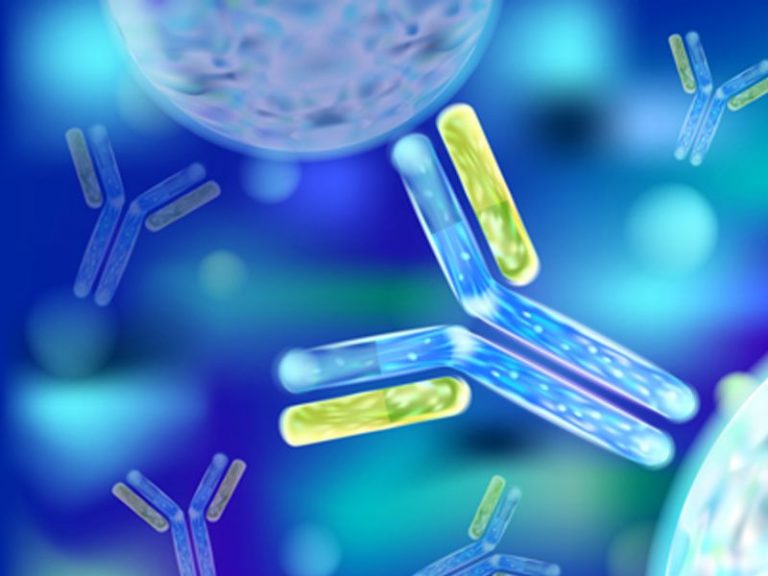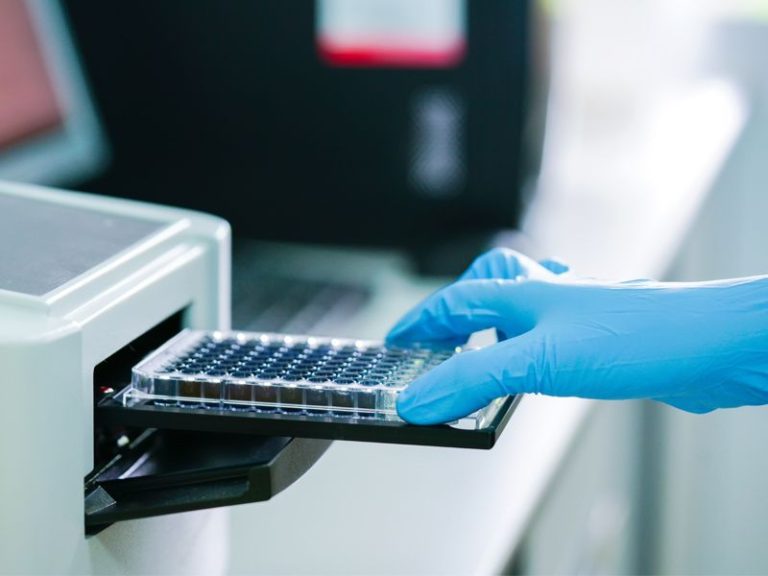If I want to do an ELISA, will the blood sample be serum or plasma?
Today, let's look at the preparation and differentiation of serum plasma to see how to choose?
1. The concept and difference between serum and plasma
The blood drawn from humans or experimental animals is called whole blood, which contains plasma, platelets, red blood cells, white blood cells and other cells.
Serum is a yellowish, transparent liquid that has been clotted from blood. If blood is withdrawn from the blood vessel and placed in a test tube without anticoagulant, the coagulation reaction is activated, and the blood quickly coagulates, forming a jelly-like clot. The clot shrinks, and the yellowish transparent liquid precipitated around it is serum, which can also be obtained by centrifugation after coagulation. During the clotting process, fibrinogen is converted into fibrin mass, so there is no fibrinogen in the serum, which is the biggest difference from plasma.
Plasma is the whole blood leaving the blood vessels after anticoagulation treatment (common anticoagulants such as EDTA, sodium citrate, heparin, etc.), through centrifugation, so as to obtain the upper layer of liquid without cell components, plasma contains fibrinogen (fibrinogen can be converted into fibrin, has a coagulation effect).

The coagulation process of producing serum is the process of activating coagulation factors in a certain order, and finally converting fibrinogen into fibrin, and fibrin monomers are connected to each other to form water-insoluble fibrin multimers, which are intertwined with each other to form a network to include blood cells and finally form blood clots. As a result, the serum contains no blood cells, no fibrin, and only a few clotting factors (IX., X., XI., XII.).
Plasma is the liquid part of the cells that prevents the coagulation process from occurring and precipitates the cells by centrifugation, which contains fibrinogen and various coagulation factors (normal human plasma contains at least 11 coagulation factors except for coagulation factor III).
In addition, the concentration of calcium ions in serum is also significantly lower than that of plasma, because calcium ions are also involved in the process of blood clotting in the body and are consumed more during the coagulation process.
Other components, such as albumin, globulins, sugars, lipids, vitamins, hormones, and other inorganic salts except calcium, are similar in serum and plasma.
Therefore, when we decide whether to choose serum or plasma sample, we mainly look at whether the measured index is a coagulation function index, and if it is a coagulation function index, it is best to choose a plasma sample. For other types of indicators, such as cytokines, hormones, etc., serum or plasma is usually fine.
2. Preparation of serum and plasma before ELISA experiments
Serum samples: Whole blood is collected through centrifuge tubes. After 30 minutes of agglutination, 1,000 × g was centrifuged for 10 minutes, and the supernatant was taken and stored in aliquots. Store at -20 °C for 1 month. Store at -80 °C for 3 months.
Plasma sample: EDTA, sodium citrate, or heparin anticoagulant tube to collect whole blood. 1,000 × g centrifuge tubes for 30 minutes, take the supernatant, aliquot and store the supernatant. Store at -20 °C for 1 month. Store at -80 °C for 3 months.
3. Hemolysis of ELISA samples
In addition, we need to avoid hemolysis during the preparation of ELISA blood samples. Hemolysis, that is, the red blood cells in the blood are ruptured due to various internal and external reasons, and the hemoglobin in the red blood cells escapes, resulting in the serum and plasma changing from light yellow to blood red.
During hemolysis, other components of red blood cells also escape, which will affect the content of some test indicators, such as lactate dehydrogenase, creatine kinase, etc., will be significantly increased.
In addition, it may be due to the non-specific adsorption of free hemoglobin in the sample on the microplate that the heme in the hemoglobin has peroxidase-like activity and can catalyze the substrate TMB in the final enzymatic reaction of the ELISA, causing false positives.
If hemolysis occurs during the experiment, re-collect blood as much as possible. If it is not possible to re-collect blood, the hemolytic and non-hemolytic samples can only be controlled according to the indicators that need to be measured to determine whether there is an impact and whether the results are credible.
As mentioned above, the main difference between serum and plasma is the difference between fibrin and several clotting factors. Coagulation factors are divided into 12 major coagulation factors (coagulation factors I., II., III., IV., V., VI., VII., VIII., IX., X., XI., XII., XLL). Factor VI is in fact the activated fifth factor, and the nomenclature of Factor VI has been removed. ), there are also auxiliary coagulation factors.


